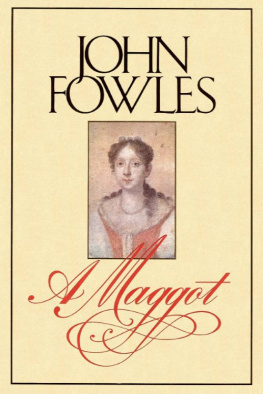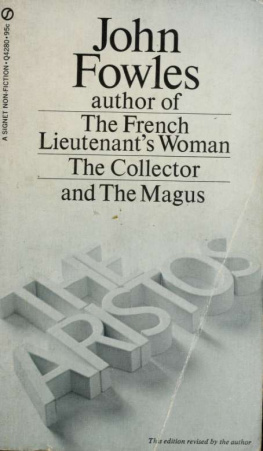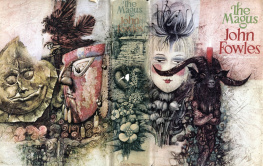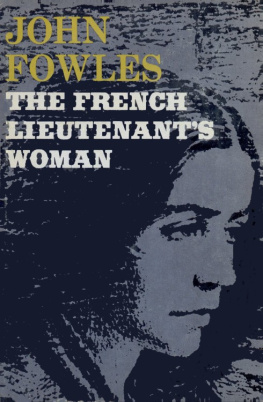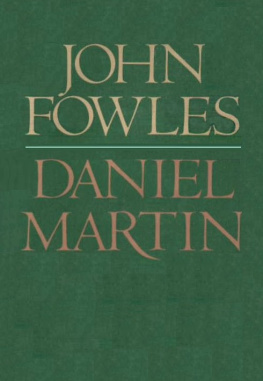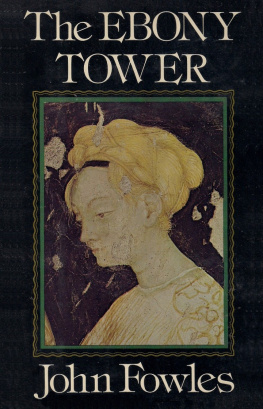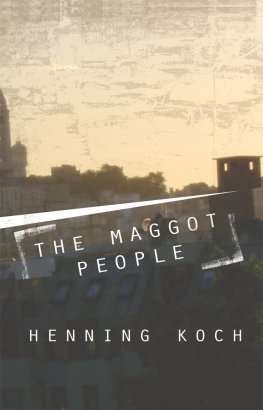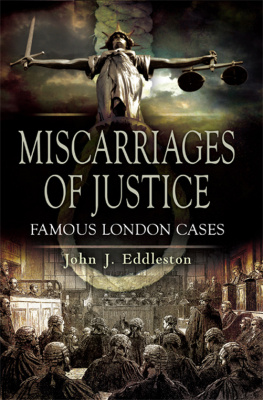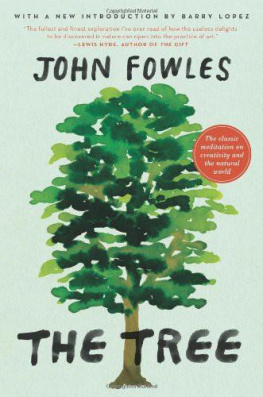A Maggot
John Fowles
1985
A MAGGOT IS the larval stage of a wingedcreature; as is the written text, at least in the writer's hope. Butan older though now obsolete sense of the word is that of whim orquirk. By extension it was sometimes used in the late seventeenth andearly eighteenth century of dance-tunes and airs that otherwise hadno special title ... Mr Beveridge's Maggot, My Lord Byron's Maggot,The Carpenters' Maggot, and so on. This fictional maggot was writtenvery much for the same reason as those old musical ones of the periodin which it is set: out of obsession with a theme. For some yearsbefore its writing a small group of travellers, faceless, withoutapparent motive, went in my mind towards an event. Evidently in somepast; since they rode horses, and in a deserted landscape; but beyondthis very primitive image, nothing. I do not know where it came from,or why it kept obstinately rising from my unconscious. The ridersnever progressed to any destination. They simply rode along askyline, like a sequence of looped film in a movie projector; or likea single line of verse, the last remnant of a lost myth. However, one day one of the riders gained aface. By chance I acquired a pencil and water-colour drawing of ayoung woman. There was no indication of artist, simply a little notein ink in one corner, which seemingly says, in Italian, 16 July 1683.This precise dating pleased me at first as much as the drawingitself, which is not of any distinction; yet something in the longdead girl's face, in her eyes, an inexplicable presentness, a refusalto die, came slowly to haunt me. Perhaps it was that refusal to diethat linked this real woman with another I have much longer admired,from rather later in history. This fiction is in no way biographicallyabout that second woman, though it does end with her birth in aboutthe real year and quite certainly the real place where she was born.I have given that child her historical name; but I would not havethis seen as a historical novel. It is maggot.
John Fowles, 1985
IN THE LATE and last afternoon of an April longago, a forlorn little group of travellers cross a remote upland inthe far south-west of England. All are on horseback, proceeding at awalk along the moorland track. There lies about them, in the bleaklandscape, too high to have yet felt the obvious effects of spring,in the uniform grey of the overcast sky, an aura of dismal monotony,an accepted tedium of both journey and season. The peaty track theyfollow traverses a waste of dead heather and ling; below, in asteep-sided valley, stand unbroken dark woodlands, still more in budthan in leaf. All the furthest distances fade into a mist, and thetravellers' clothes are by chance similarly without accent. The dayis quite windless, held in a dull suspension. Only in the extremewest does a thin wash of yellow light offer some hope of betterweather to come.
A man in his late twenties, in a dark bistregreatcoat, boots and a tricorn hat, its upturned edges trimmeddiscreetly in silver braid, leads the silent caravan. The underpartsof his bay, and of his clothes, like those of his companions, aremud-splashed, as if earlier in the day they have travelled in mirierplaces. He rides with a slack rein and a slight stoop, staring at thetrack ahead as if he does not see it. Some paces behind comes anolder man on a smaller, plumper horse. His greatcoat is in dark grey,his hat black and plainer, and he too looks neither to left norright, but reads a small volume held in his free hand, letting hisplacid pad tread its own way. Behind him, on a stouter beast, sit twopeople: a bareheaded man in a long-sleeved blouse, heavy druggetjerkin and leather breeches, his long hair tied in a knot, with infront of him, sitting sideways and resting against his breast - hesupports her back with his right arm - a young woman. She isenveloped in a brown hooded cloak, and muffled so that only her eyesand nose are visible. Behind these two a leading-line runs back to apack horse. The animal carries a seam, or wooden frame, with a largeleather portmanteau tied to one side, and a smaller wooden box,brassbound at its corners, on the other. Various other bundles andbags lie bulkily distributed under a rope net. The overburdened beastplods with hanged head, and sets the pace for the rest.
They may travel in silence, but they do not gounobserved. The air across the valley opposite, above where itssteepness breaks into rocks and small cliffs, is noisy with deep andominous voices, complaining of this intrusion into their domain.These threatening voices come from a disturbed ravenry. The bird wasthen still far from its present rare and solitary state, but commonand colonial, surviving even in many towns, and abundantly inisolated countryside. Though the mounted and circling black specksstay at a mile's distance, there is something foreboding in theiralarm, their watchful hostility. All who ride that day, for all theirdifference in many other things, know their reputation; and secretlyfear that snoring cry.
One might have supposed the two leading riders andthe humble apparent journeyman and wife chance-met, merely keepingtogether for safety in this lonely place. That such a consideration -and not because of ravens - was then requisite is plain in theleading rider. The tip of a sword-sheath protrudes beneath hisgreatcoat, while on the other side a bulge in the way the coat fallssuggests, quite correctly, that a pistol is hung behind the saddle.The journeyman also has a brass-ended holstered pistol, even readierto hand behind his saddle, while strung on top of the nettedimpedimenta on the dejected pack-horse's back is a long-barrelledmusket. Only the older, second rider seems not armed. It is he who isthe exception for his time. Yet if they had been chance-met, the twogentlemen would surely have been exchanging some sort of conversationand riding abreast, which the track permitted. These two pass not aword; nor does the man with the woman behind him. All ride as if lostin their own separate worlds.
The track at last begins to slope diagonally down theupland towards the first of the woods in the valley below. A mile orso on, these woods give way to fields; and as far away again, wherethe valley runs into another, can just be made out, in a thin veil ofwood smoke, an obscure cluster of buildings and an imposing churchtower. In the west the sky begins to show amber glints from invisiblebreaks of cloud. That again, in other travellers, might have provokedsome remark, some lighter heart; but in these, no reaction.
Then, dramatically, another figure on horsebackappears from where the way enters the trees, mounting towards thetravellers. He does provide colour, since he wears a faded scarletriding-coat and what seems like a dragoon's hat; a squareset man ofindeterminate age with a large moustache. The long cutlass behind hissaddle and the massive wooden butt of a stout-cased blunderbusssuggest a familiar hazard; and so does the way in which, as soon ashe sees the approaching file ahead, he kicks his horse and trots morebriskly up the hill as if to halt and challenge them. But they showneither alarm nor excitement. Only the elder man who reads as herides quietly closes his volume and slips it into his greatcoatpocket. The newcomer reins in some ten yards short of the leadingyounger gentleman, then touches his hat and turns his horse to walkbeside him. He says something, and the gentleman nods, withoutlooking at him. The newcomer touches his hat again, then pulls asideand waits until the last pair come abreast of him. They stop, and thenewcomer leans across and unfastens the leading-line of thepack-horse from its ring behind the saddle. No friendly word seemsspoken, even here. The newcomer then takes his place, now leading thepack-horse, at the rear of the procession; and very soon it is as ifhe has always been there, one more mute limb of the indifferent rest.

